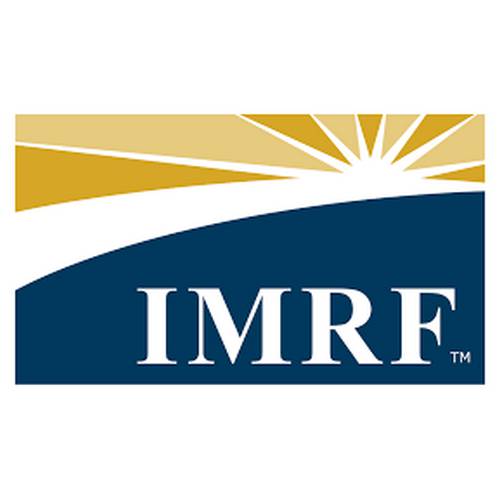Eligibility for Illinois Municipal Retirement

The Maryland State Retirement and Pension System (MSRPS) plays a crucial role in providing retirement security for public employees in Maryland. In this article, we will explore the key aspects of the MSRPS, including eligibility, benefits, contributions, and important considerations for planning your retirement.
Overview of the Maryland State Retirement and Pension System
The Maryland State Retirement and Pension System is a comprehensive retirement program that covers a wide range of public employees in the state. It is designed to ensure a secure future for individuals who dedicate their careers to serving the public.
The MSRPS manages pension plans, which offer a reliable and stable source of income during retirement. Additionally, the system provides access to various benefits and resources to support retirees in maintaining their financial well-being.
The Maryland State Retirement and Pension System serves as a vital pillar of retirement security for public employees in Maryland. By understanding the eligibility requirements, available benefits, and contribution options, individuals can effectively plan for their future retirement.
It is essential to stay informed about any updates or changes to the system and regularly review your retirement goals and investment strategies. Taking advantage of the resources and support offered by the MSRPS will help ensure a financially stable and rewarding retirement for public employees in Maryland.
Overview of the Maryland State Retirement and Pension System
The Maryland State Retirement and Pension System is a comprehensive retirement program that covers a wide range of public employees in the state. It is designed to ensure a secure future for individuals who dedicate their careers to serving the public.
The MSRPS manages pension plans, which offer a reliable and stable source of income during retirement. Additionally, the system provides access to various benefits and resources to support retirees in maintaining their financial well-being.
The Maryland State Retirement and Pension System serves as a vital pillar of retirement security for public employees in Maryland. By understanding the eligibility requirements, available benefits, and contribution options, individuals can effectively plan for their future retirement.
It is essential to stay informed about any updates or changes to the system and regularly review your retirement goals and investment strategies. Taking advantage of the resources and support offered by the MSRPS will help ensure a financially stable and rewarding retirement for public employees in Maryland.
